One delicate ingredient that takes the stage in several monsoon dishes is the young shoots of edible bamboo. This crispy treat often appears during the monsoons and is known for its distinctive and sometimes divisive flavour. Additionally, fresh bamboo shoots must be prepared before cooking. Bamboo recipes are amazing if you are looking to include new and offbeat ingredients in your kitchen!
Although bamboo is a grass, the Indian Forest Act of 1927 classified it as a tree, making it unlawful to harvest and transport bamboo from either forest or non-forest areas. Nevertheless, bamboo cultivated in non-forest regions is no longer considered a tree according to a 2017 change to the Act. Given that bamboo often grows in non-forest regions, felling or transit authorisation is unnecessary for this crop. However, since climate change and shifting rainfall patterns affect bamboo production, sustainable consumption is always important.
Bamboo recipes—a culinary icon from the Northeast
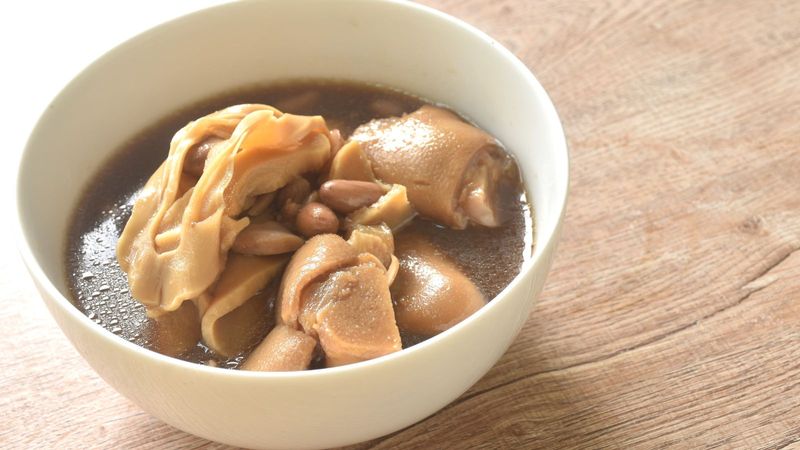
There is no way to separate the Northeast's cultural milieu from bamboo recipes. In any case, the use of bamboo extends beyond mere consumption. This plant can produce a wide range of products, such as fuel, building materials, home goods, medicine, and farming tools. The abundant supply of appetising young shoots during the monsoon binds the eight states together in the culinary world. Add the shoots to your meat, seafood, pickles, salads, broths, and stir-fries in any of these forms: fresh, dried, fermented, or extract. There are many bamboo recipes, like bamboo chicken recipes, bamboo biryani, and bamboo steamer chicken recipes, that you need to try!
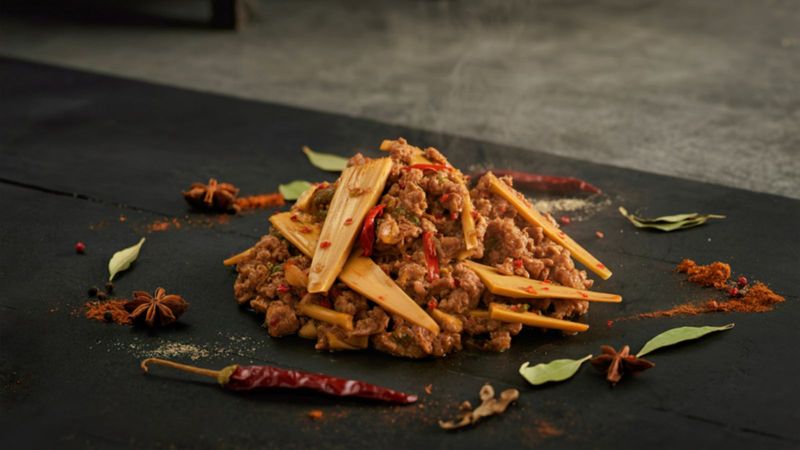
Mizorami food is based on fermented bamboo shoots, while Tuai um refers to the broader concept of fermentation. The first step is to crush the shoots and then wrap them in banana leaves. After that, you need to let the packages sit in a kiln for three consecutive nights. In the same vein, pitika (mash) and the popular Assamese masor tenga (sour fish curries) are both made using khorisa (fermented bamboo stalk). Pickling is a widespread practice, and it involves combining salt, turmeric, and oil with fresh shoots. Soibum is the most popular type of fermented bamboo shoot pickle in Manipur. Optimal quality is achieved after an incubation period of around five to six years. The locals would be lost trying to make the inexpensive eromba dish—a mixture of mashed and cooked veggies and fermented fish—without it.
Bamboo shoot recipes—what are the health benefits?
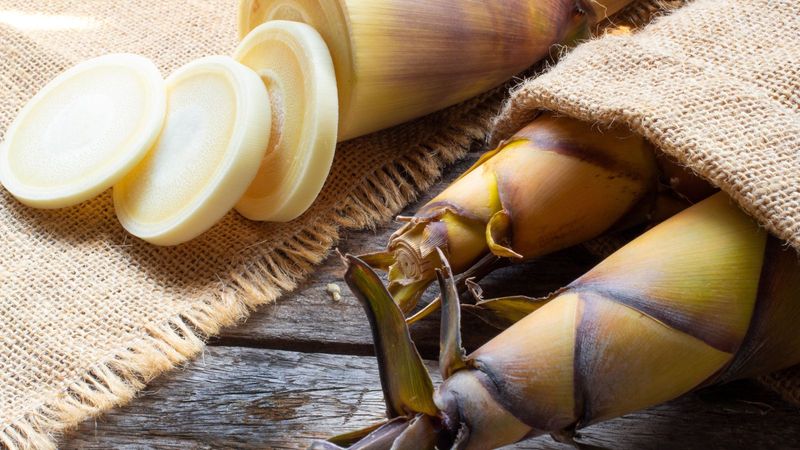
- Bamboo shoots aid digestion due to their high cellulose content, which stimulates the peristaltic movement of the intestines. Bamboo shoots not only reduce body fat but also prevent constipation. Plus, they feed the good bacteria in your stomach, which is called a prebiotic.
- Bamboo shoots are an excellent source of phytosterols, which may help reduce levels of bad cholesterol (LDL). The cardiovascular system as a whole benefits from this because it increases blood flow. Bamboo is known as a heart-protective vegetable due to its high potassium content, which aids in maintaining normal blood pressure.
- Many people know that bamboo shoots are a beneficial source of silica. Following zinc and iron in abundance inside the human body, silica ranks third. Silica, which is one of the amino acids needed to make collagen and elastin, raises tissue concentrations of this essential molecule.
- The manganese and calcium found in abundance in bamboo shoots help to strengthen and densify bones. In addition, they are rich in vitamin C, which the body uses to absorb calcium and other essential nutrients for strong bones.
- A nutritious weight-reduction diet would greatly benefit from the inclusion of bamboo shoots due to their low calories and high fibre content. To help you feel full longer between meals, fibre might decrease the emptying of the stomach.
Bamboo shoot recipes you should try!
Mautak tuai
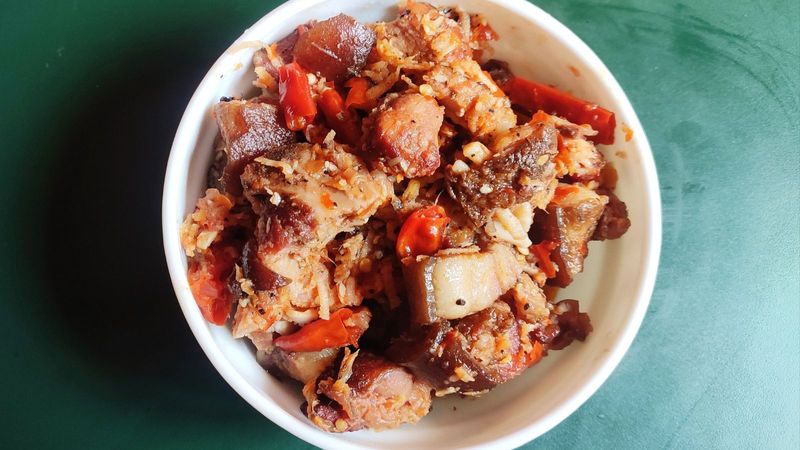
Many different kinds of edible bamboo have shoots that are perfect for a wide variety of recipes. Mautak tuai, a type of Melocannanna baccifera, is highly prized in Mizoram. If you boil it and add salt and hmarchamuh, a coarse powder made from sun-dried Mizo bird's-eye chillies, you may eat it plain or make it into a chutney. Slow cooking methods for mautak tuai include hand-shredding and frying or stewing. The Aizawl-based food scientist Kawl Thanzami mentions rawnal tuai (Dendrocalamus longispathus) and other very desirable species. Since they are time-consuming, pressure cooking is a typical method. The local style involves steaming them over a wood fire with a banana leaf.
Bamboo stalk curry

Kodagu is renowned for its delicious bamboo stalk curry, which goes by many names: kalale, kanile, and others. The coconut curry is packed with various spices, including onions, garlic, mustard seeds, cumin seeds, chillies, and kachampuli. Traditionally, people serve baimbale kari with akki rottis, or rice flatbreads. Now this is a bamboo shoot recipe that you should try!
Chicken bamboo shoot recipe
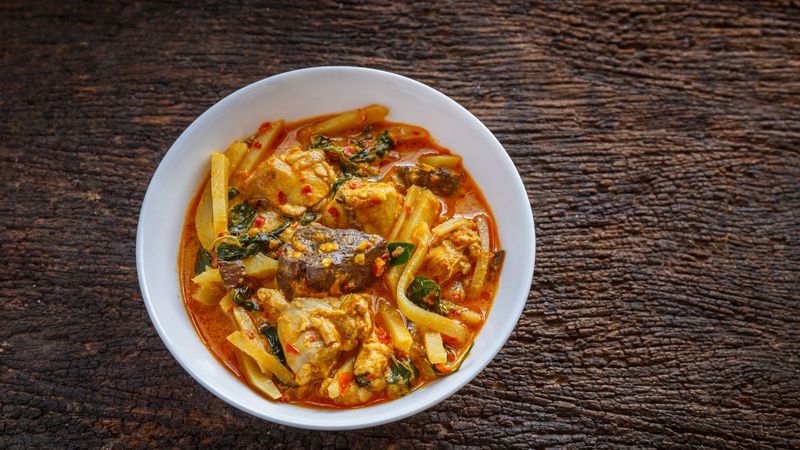
It is not surprising that chicken and bamboo shoots went so well together. It was the Assamese who cracked this beloved bamboo chicken recipe! The flavourful and uncomplicated Baanhgajor Lagot Kukura is made with chicken, bamboo shoots that have been finely chopped or grated, mustard oil, aromatics like garlic, ginger, and onions, and spice powders. Serve the traditional Assamese curry with steamed rice. This chicken bamboo recipe is a must-try!
Keerla sukke
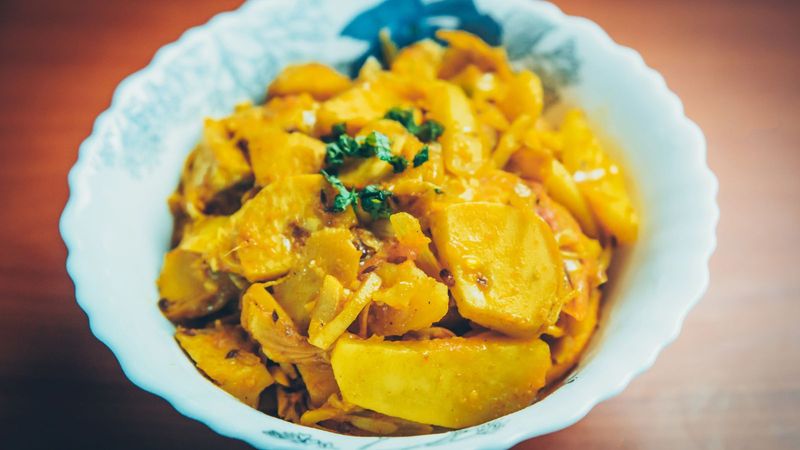
Many Saraswat Brahmins who speak Konkani love to make keerla sukke, a spicy, sweet, and sour meal. Serve the semi-dry curry with chapati or a classic tur dal-based dish like daali toy with rice. The foundation of the cuisine is a paste made of urad dal, coconut, coriander seeds, dried Kashmiri chillies, jaggery, and tamarind pulp or hog plum. This combination is used to prepare boiled bamboo shoots. Mustard seeds and curry leaves are added as a tempering agent before the meal is served. So if you are looking for an offbeat bamboo shoots recipe—this is it!



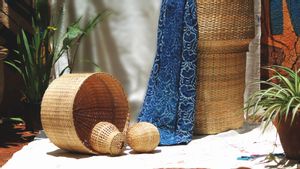
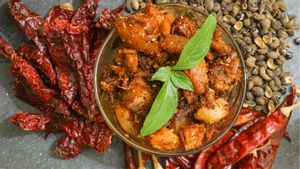
_1683683721375_thumb_300.png)